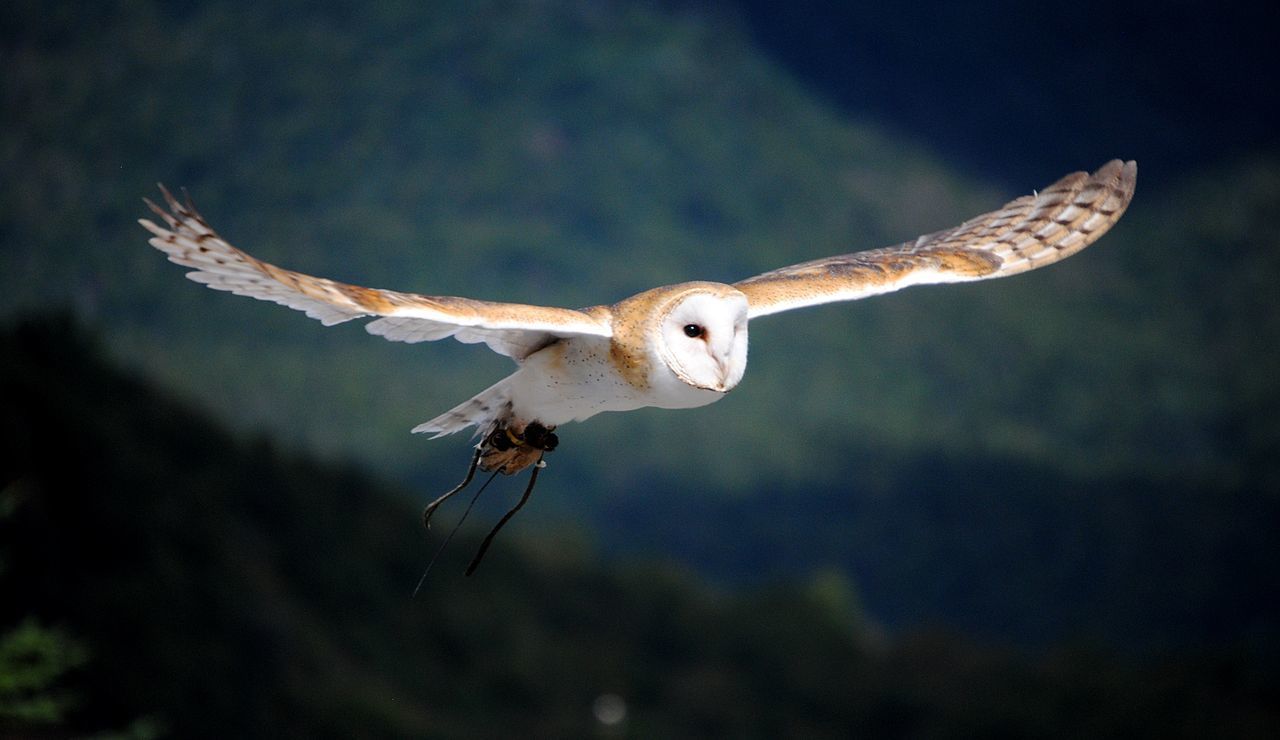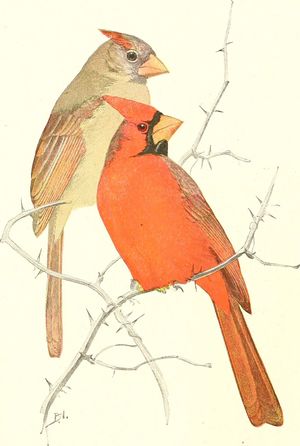An icy wind whips through the trees as my daughter and I kick a soccer ball in the driveway, our 9-month-old puppy darting back and forth between us. It’s a quiet Saturday evening in our neighborhood — quieter than usual for a Midwest town on the cusp of spring, a time when the mood is normally celebratory.
Now it feels as though we’re trapped in a winter that will never end.
“Mom,” my daughter hisses. “Social distancing!”
A woman is walking by with two older girls. Before I can grab the leash, our puppy sprints out to the street, barking a greeting. Dogs don’t understand pandemic etiquette. I scramble down the driveway, my heart racing, but I’m too late.
The woman smiles, picks up the leash and hands it to me after giving our dog a brief pat. I thank her and back away, rejoining my daughter in the driveway.
“Mom, what if they have corona? They touched our dog.” My tween’s face is etched with worry. “Will it be okay?”
Here in Wisconsin, a “Safer at Home” order has been in place for only a few weeks, yet it seems a lifetime ago that casual social interactions weren’t fraught with concern.
“It’s fine,” I say. “We’ll just wash our hands when we get back inside.” Animal fur is an unlikely mode of transmission — I’ve Googled this, of course . . . but maybe I should sanitize the leash too, just in case.
When this is over, I wonder how long it will take for all of us to emerge from the shared trauma, to see each other again as human beings rather than as collections of dangerous microbes.
COVID-19 is terrifying in its mystery and novelty, but the virus isn’t my biggest concern in this crisis. What scares me most is the possibility of needing unrelated medical care from a system too overwhelmed to respond.
When my youngest skates down our sloped driveway, I insist on standing at the bottom so I can intervene in case she loses her balance and falls. In the kitchen, I obsess over food safety, using extra spatulas to flip our potentially salmonella-laden eggs, scrubbing my hands like a surgeon.
Reading an article about cancer patients facing disruptions in treatment due to the pandemic, I think of my mother, who was diagnosed with breast cancer in 1998. Surgery and chemotherapy kept the disease at bay for several years, even as it grew increasingly aggressive. Would my mom have survived as long if her medical care had been delayed?
My mother’s diagnosis puts me at higher risk, but my regular mammogram — like all routine cancer screenings now — has been postponed indefinitely. The wait makes me uneasy. I try not to dwell on it, try not to imagine that a tumor could be growing, undetected, its spidery fingers weaving invisible webs of destruction beneath my skin.

“Hey, look!” The woman who rescued my runaway dog is still standing in the street. Now she gestures to the sky, interrupting my brain’s familiar worry spiral. “I think that’s an owl up there.”
My daughter and I glance upward, to the peak of the tallest tree in our backyard. In the fading light, we see a silhouette perched on a branch. The bird rotates its head in that impossible way owls do, as we stand motionless and gape.
The owl tolerates our gawking for only a moment before it lifts off and disappears into the tree line.
Jogging around our neighborhood the next day, I hear the distinctive bugle calls of sandhill cranes. I’ve never seen them this close to home. Entranced, I follow the sound until I spot them — a graceful pair dipping their long necks into the grass to forage for insects.
As we’ve sheltered in place over the past month, I’ve noticed more birds — owls and cranes that keep their distance, chickadees and cardinals that congregate at our backyard feeder. It’s as if they’re making special appearances to bolster our spirits, though logically I know that’s not the case. We’re the ones who have radically changed our behavior, forced to stand still as the rest of the earth’s creatures go on without us.
“When will this be over?” we scream, a growing chorus of grief that has no answer yet.

It does not matter how diligently I scour the news, how many times I refresh Twitter or which experts I follow. No one knows when schools, businesses and playgrounds will reopen. No one can reliably predict when it will be safe to travel or to hug our extended family again. No one can say when an effective treatment or vaccine will be widely available.
Our devices buzz with constant updates, tantalizing us with false hope. We read that the curve is flattening (or maybe it’s not), that infections have peaked (but another peak is likely coming) and that social distancing efforts are helping (but not enough to eradicate the virus). The certainty we crave remains, for now, elusive.
We don’t know when this will be over. We don’t even know when we might know.
And yet, beneath the din of chaos and anxiety, I do know this: In a few weeks, geese will begin leading their goslings in practice swims around the neighborhood pond. From our porches and kitchen windows, we’ll watch the little birds gain confidence, their world growing bigger while ours continues to shrink and contract upon itself.
As temperatures shift from frigid to crisp, robins will grow plump with the bounty of late spring worms, oblivious to the economic collapse and job losses that will reverberate in communities for years to come. Mama ducks will nest on clutches of pale green eggs, not knowing that their human counterparts are navigating the new reality of giving birth in the midst of a pandemic.
I envy the birds’ freedom. Their ability to come and go on a whim is a privilege I took for granted. Their blithe meanderings are a refreshing contrast to the shelter-in-place orders and closures that threaten to crush us with despair. Their ignorance to the trauma unfolding around them is oddly comforting, an antidote to our misery.
The birds are a thread of normalcy I can grasp, a reminder of what will remain even after our world is permanently changed, fractured in ways we won’t be able to repair.
It’s the middle of April when our governor announces the Safer at Home order will be extended until the end of May. I’m out running, wondering whether that timeline will change once again, when I hear a cardinal singing in a tree. He is stunning, a ruby red jewel against a stagnant, gray sky.
The sight disrupts my brain’s background soundtrack of what-ifs. And, for a moment, over the rumble of the few cars on the road and the distant roar of a solitary lawnmower, his sweet trills pierce the air.
Gina Rich lives in Mequon, Wisconsin, with her husband, Kevin Rich ’00, and their two daughters. She talks about motherhood in her blog lovehopeandcoffee.com.